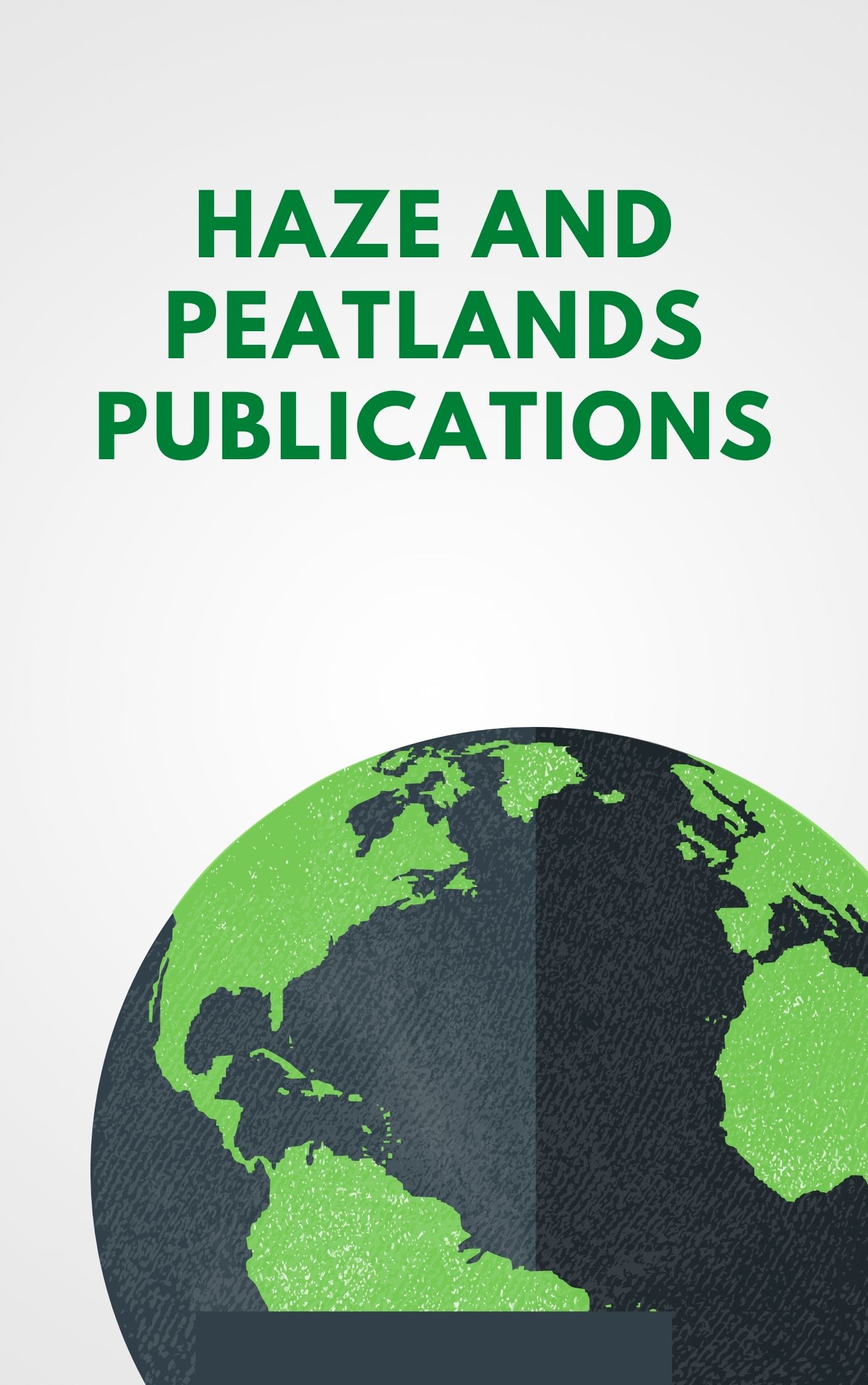Given the huge impact of the COVID-19 pandemic on the food and agriculture sectors, rapid measures are needed to reduce the risk of food crises, especially among the poor and the most vulnerable communities. The government of Indonesia planned to establish the Food Estate National Program to ensure food security. Most of the area will be on peatlands, and as such, the program still faces pros and cons as it might open up opportunities for deforestation, threats to biodiversity, and loss of community livelihoods. We conducted the present research in Central Kalimantan to formulate a food estate (FE) development strategy by taking into account the potential benefits and risks to ensure increases in the local community’s welfare and the sustainability of biodiversity. Data were collected through field surveys, interviews, focus group discussion (FGD), and literature studies. The results show that the operation of a food estate on degraded peatlands has a moderate to high level of risk of negative impacts. Community activities and changes in farming methods through using more inputs and mechanical equipment are the most risky activities in FE development. The low substitutability of peatlands requires mitigation efforts as part of risk management. The operation of food systems on peatlands must be based on a strong sustainability perspective with a main principle of complementary resources. The main strategy is to protect natural resources and replace cultivated exotic plants with potential native peat plants with minimal risk. In addition, the policy and capacity building of farmers towards a business-oriented direction will maximize socioeconomic benefits. Utilization of biodiversity and low-impact cultivation techniques can ensure sustainability.
View source

